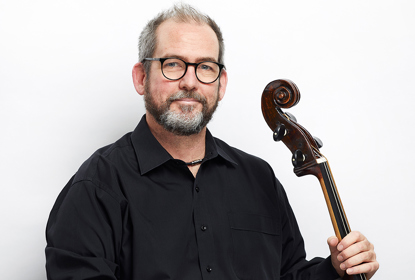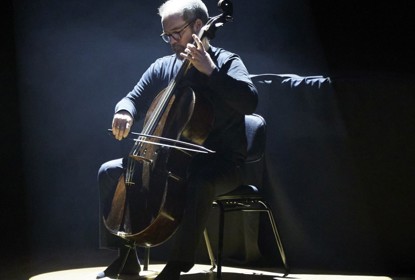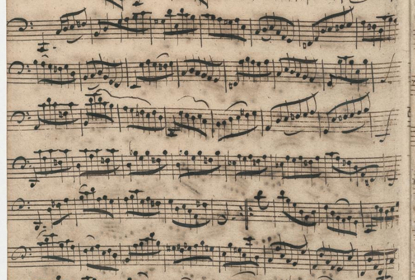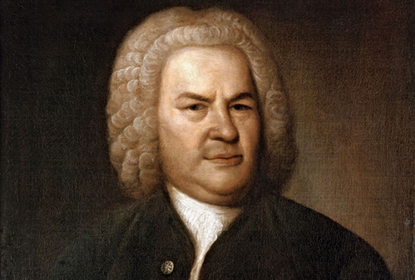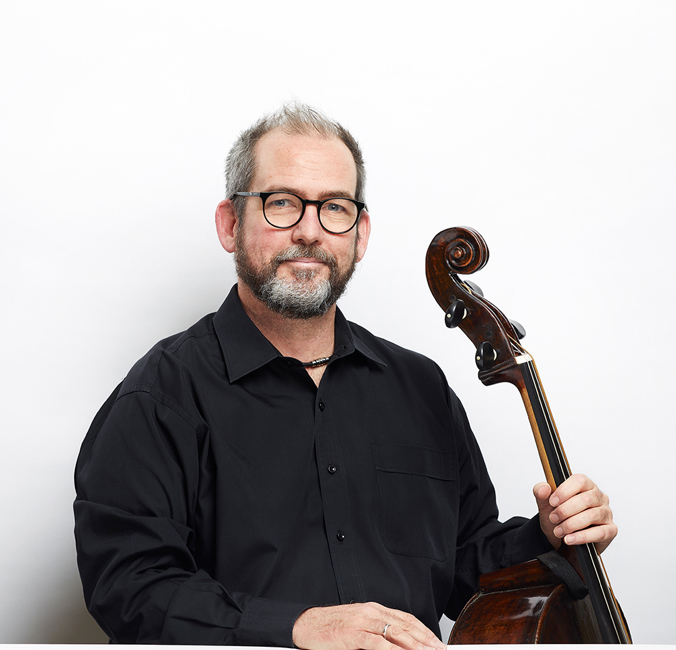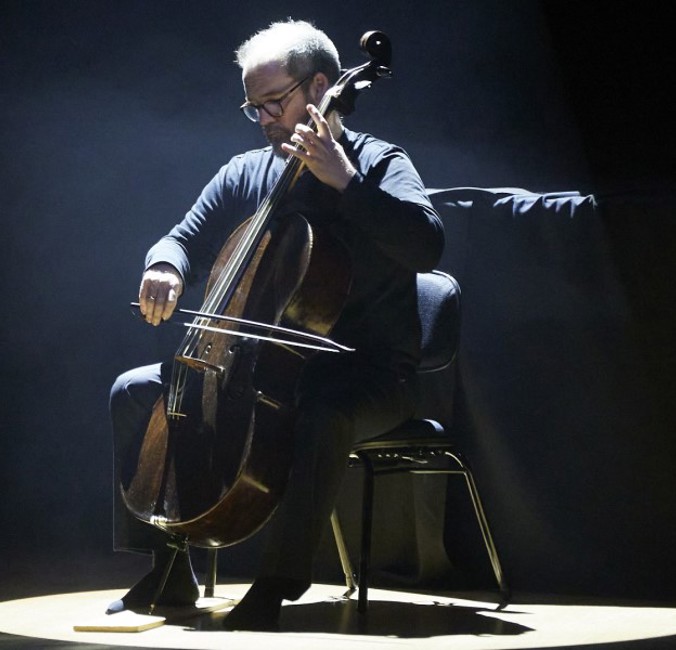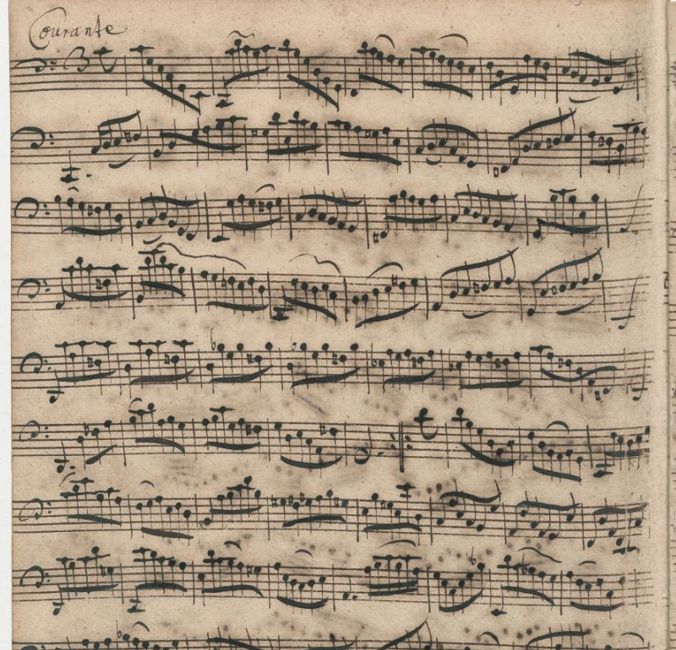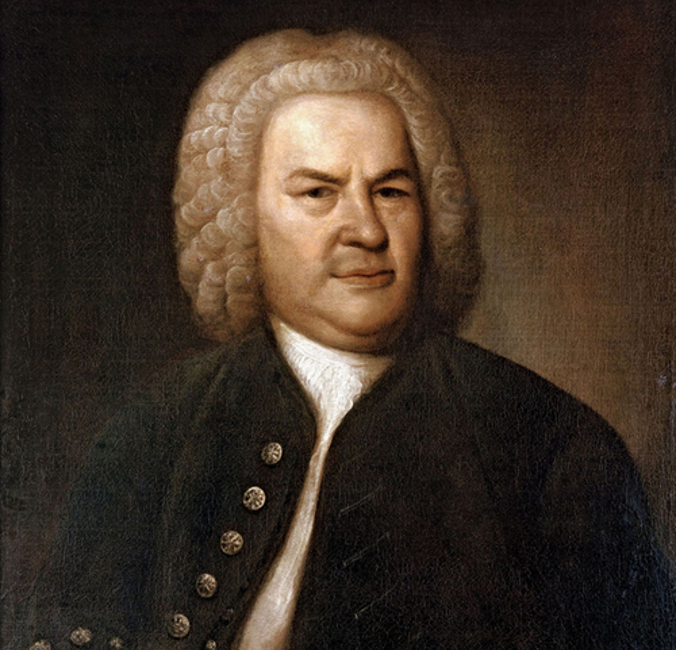Bach Series
Jamie Hey
Baroque Cello
BACH Nº 27
Jamie Hey performs the Courante & Bourée I from Suite No. 3 in C major, BWV 1009
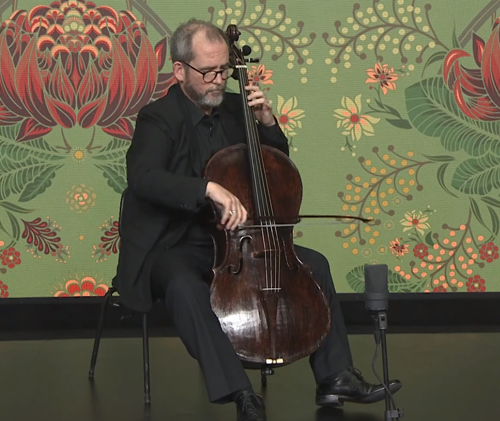
PROGRAM NOTES
Johann Sebastian Bach (1685-1750)
CELLO SUITE NO. 3 IN C MAJOR, BWV 1009
Courante & Bourée I
Less immediately recognisable than the Cello Suite No. 1 in G major, JS Bach’s third cello suite in C major is considered more technically difficult. However, the fact nowadays one may evaluate the technical difficulty of Bach’s cello suites at all is the consequence of far more recent events than many may imagine.
During Bach’s lifetime, the cello was mostly considered an accompanying instrument and formed part of the basso continuo section. Despite their innovativeness, these suites for solo cello were essentially lost to the world and the instrument’s repertoire until a teenage Pablo Casals (1876-1973) rediscovered them in Barcelona. After many years of practice and several public performances, Casals eventually recorded this suite in Paris in June 1938, around the same time as the first mass arrest of Jews in Nazi Germany.
The Baroque concept of ascribing characteristics to keys formed a part of the doctrine of rhetoric, a conceptual framework harkening back to the Greek trivium (grammar, logic, rhetoric). Developed during the 5th century BCE, the doctrine was more broadly used for organising language and delivering speech — a tool for mastering the art of persuasion. Johann Mattheson, one of the most abundant writers on performance practice and harmony of the German Baroque (and a close friend of George Frideric Handel), wrote the following on how to express a joyful affect:
![]()
Since for example joy is an expansion of our soul, thus it follows reasonably and naturally that I could best express this affect by large and expanded intervals.
WHAT TO LISTEN FOR
The Baroque affect of purity and innocence associated with the key of C major fits perfectly with the youthful, exuberant and joyful music found in the Courante and the first Bourée from BWV 1009. In particular, the large descending runs followed by upward leaps throughout the Courante are like a foot race; perhaps even some sort of horse race akin to the steeplechase, which originated as a form of competition between nobles in Ireland during the mid-18th century. Casals himself reportedly described this suite as being ‘heroic’.
Both of these movements require agile and fluid playing and are here expertly rendered by the Australian Brandenburg Orchestra’s Principal Baroque Cello Jamie Hey.
Program Notes: Hugh Ronzani, 2024
Image Credit: Steven Godbee, 2020
Artists
{% error.message %}
More for you...
{% series.name %}
Featured Content
{% series.featuredTitle %}





